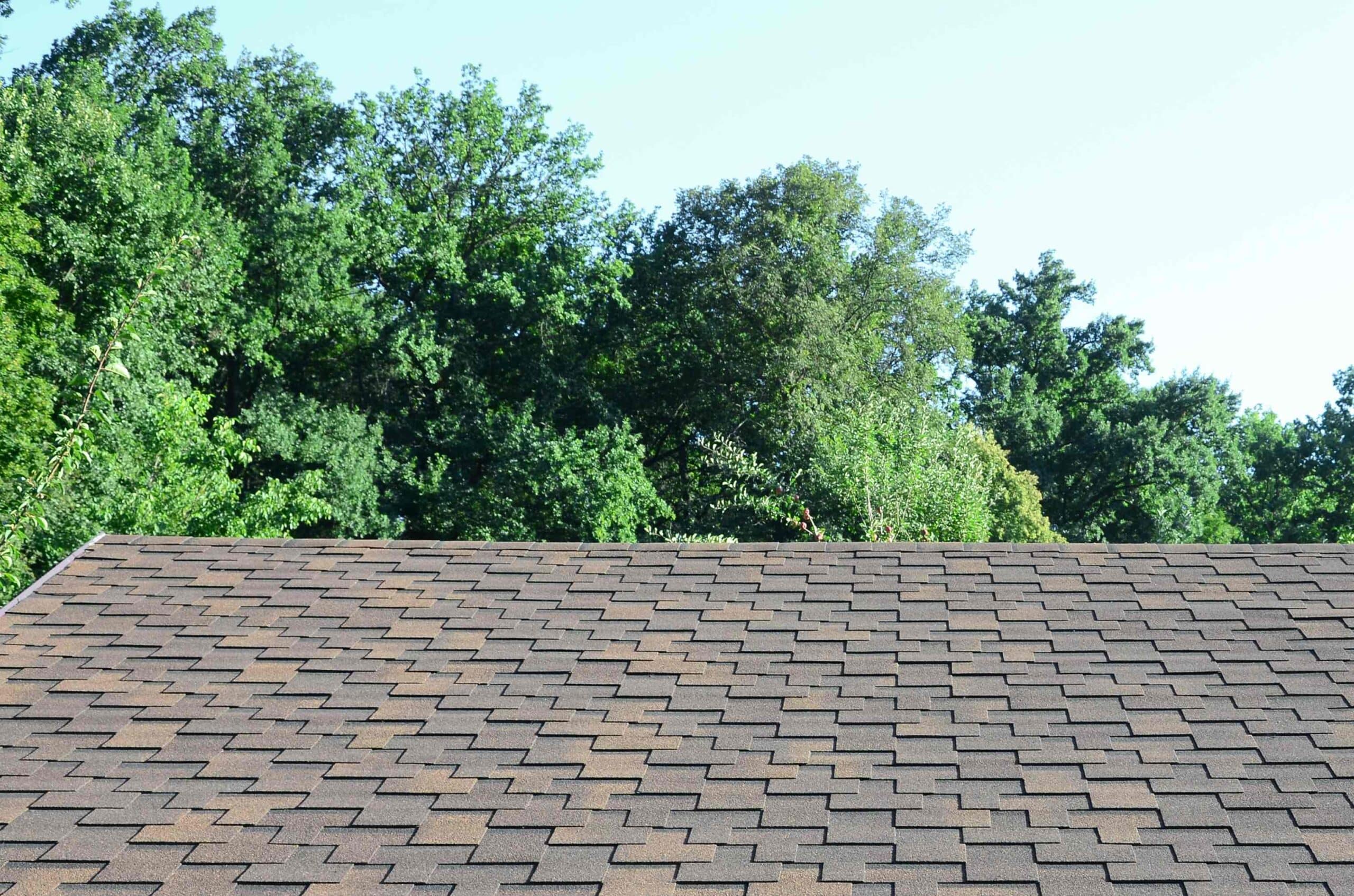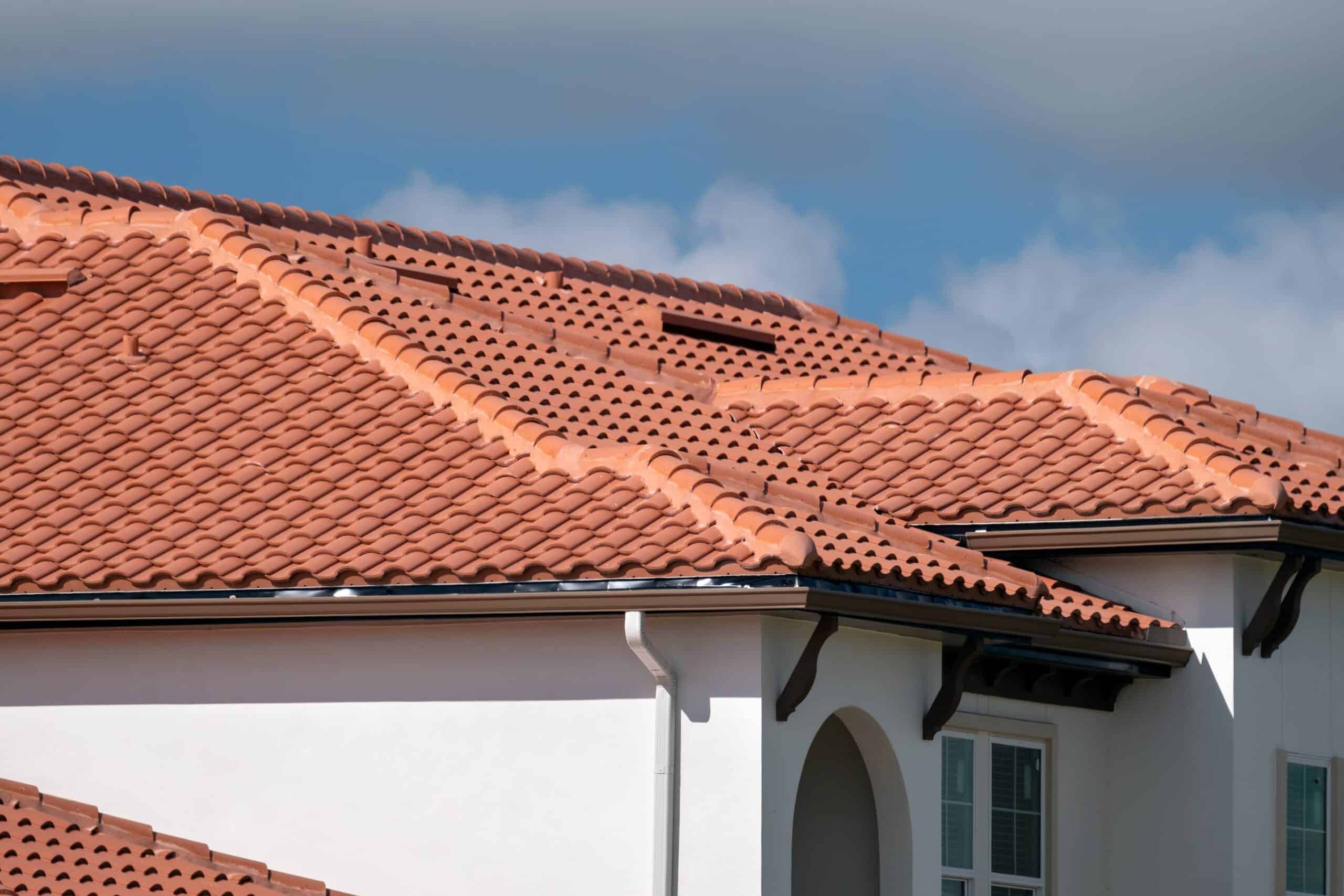As homeowners, we all know maintaining a sturdy roof is paramount for the safety and comfort of our home. It offers protection against the elements and if properly maintained, can prevent costly replacements. A new roof installation is a hefty investment. That’s why we’ve curated this guide to empower you to conduct basic DIY roofing.
Our step-by-step roof repair guide is designed to equip you with the knowledge to replace and repair roof shingles on your own. Not only are DIY repairs cost-effective but you can also perform them using common tools. This guide will teach you to replace asphalt shingles, how to fix curled or cracked shingles, and offers steps to ensure a safe and watertight roof, keeping your home shielded for many years to come.
Key Takeaways:
- Maintaining your roof can prevent costly replacements and prolong the lifespan of your current roof.
- DIY roof repairs are cost-effective and can be performed using common tools.
- This guide will teach you how to replace asphalt shingles and repair curled or cracked ones.
- Maintaining a secure and watertight roof is essential for home safety and comfort.
- Equipping yourself with proper home roof maintenance knowledge can save you money and extend the longevity of your roof.
Understanding the Importance of Regular Roof Maintenance
Maintaining your roof regularly is an essential aspect of home care. It protects your house from adverse weather conditions, and with a well-maintained roof, your home stays dry and comfortable all year round. Taking some time to understand the importance of roof maintenance can help you avoid costly repairs and increase the longevity of your roof. This involves early detection of wear signs and understanding how timely repair can result in significant savings.
Recognizing Signs of Shingle Wear and Damage
Roof shingles are prone to damage due to numerous elements. These include exposure to UV rays, wind, rain, and temperature fluctuations, all of which can lead to wear and tear. Common signs that your roof shingles may need maintenance or replacement include:
- Curled, cracked or missing shingles
- Damaged roof valleys
- Shingle granules in the gutters
- Daylight seeping through the roof boards
- Evidence of water damage in the attic
If the above symptoms are prevalent on your roof, a shingle roof replacement or damage prevention measure is necessary.
On the contrary, we strongly advise against performing roof repairs when it’s wet, icy, or covered in dew. This type of weather not only makes the working surface slippery, increasing the risk of accidents but also hampers the effectiveness of repair materials. The ultimate goal of safe roofing initiatives is to ensure worker safety and enhance the durability of the repair work.
Picking the right weather conditions for your asphalt shingles repair can make a substantial difference in both the success of the operation and your safety.
Planning your repairs around optimal conditions ensures that the materials adapt best, creating a more secure and longer-lasting fix. Additionally, safe working conditions contribute to a smoother and more efficient repair process.
| Weather Condition | Safety Level | Shingle Adaptability |
|---|---|---|
| Warm and Dry | High | High |
| Wet or Icy | Low | Low |
| Morning Dew | Moderate | Low-Moderate |
The table above outlines a straightforward guide to picking the ideal conditions for your next repair mission. It’s always better to wait for the right weather than rush into a risky situation. Given the right conditions, even the most extensive asphalt shingles repair can be executed successfully with minimized risks and maximal benefits.
Essential Tools and Materials for Shingle Repair
When it’s time to fix your roof, there are some essential roofing tools and materials you’ll want to have on hand. These are key to ensure a smooth, successful, and efficient repair process. Additionally, it’s crucial to make an attentive shingle selection and understand how roofing adhesive contributes to the quality and longevity of your repair projects.
List of Basic Tools Needed for the Job
Let’s start with the basics. Looking at our core line-up, you’ll need:
- A hammer for removing nails and securing new ones
- A pry bar to lift and remove damaged shingles
- A utility knife to trim shingles if necessary
- Roofing nails (important to match the original ones)
- A caulking gun to apply roofing adhesive or sealant
Securing these tools will form your basic repair kit. It’s important to note that tool quality matters, and investing in tools that’ll withstand the test of time is always a wise choice.
Choosing the Right Replacement Shingles
Now, moving onto the replacement shingles. The goal is to find shingles that closely match your roof’s existing ones in both color and style. Look for durability, weather resistance, and colorfastness. Remember, a well-matched shingle selection will not only ensure compatibility but also enhance the visual appeal of your roof.
Sealants and Adhesives: What You Need to Know
Next on the list, we have roofing adhesive and sealants. Roof sealants create a strong, waterproof bond to secure your shingles, essential for both the repair process and preventative care. When using a roofing adhesive, remember to work methodically, applying a consistent, even layer.
To sum up, by being prepared with the right roofing tools, making a thoughtful shingle selection, and understanding how to use roofing adhesive and sealants, you’re outfitting yourself for success. With these in your toolbox, you’re ready to make those vital repairs, ensuring your home is well-protected against the elements once more.
Preparatory Steps Before Starting Your Roof Repair
Before diving into the intricacies of shingle repairs, we believe in the power of preparation. Taking time to prepare can streamline the entire process, making your roof repair preparation more efficient, safer, and simpler. From the outset, your task should be to assess the extent of roof damage.
A thorough roof damage assessment enables you to understand the scale of the task ahead and plan accordingly. Look for signs like broken or missing shingles, discoloration, growth of lichens or moss, and deterioration around objects that penetrate your roof such as chimneys, vents or pipes.
“Forewarned is forearmed!” Getting an idea of the extent of damage helps you estimate the amount of materials you would need and the time it may take to complete the repairs effectively. It also ensures that you’re not hit with any unexpected surprises mid-way through the project.
After assessing the damage, consider your safety measures. Especially if it’s a steep roof or if the height is considerable, appropriate safety gear such as a safety harness and non-slip shoes are not just advisable, they’re critical.
The next step in your roof repair preparation involves setting up a secure ladder to access the roof. A sturdy, extendable ladder that can be safely anchored is essential. Once this is done, it’s time to gather all your necessary tools and materials.
| Essential Tools | Material Requirements |
|---|---|
| Hammer | Replacement Shingles |
| Ladder | Roofing Nails |
| Non-Slip Shoes | Sealant |
| Safety Harness | Underlayment (If Needed) |
A well-organized toolbox and a clear work area can go a long way in saving time and ensuring an uncluttered platform to carry out your repairs. With everything in easy reach, your efficiency is guaranteed to get a boost.
By laying a solid foundation of meticulous roof repair preparation and roof damage assessment, we’re setting up a stage for a successful DIY project. Remember, success always comes to those who plan and prepare well!
DIY Shingle Roof Repair
Tackling a DIY shingle roof repair can be a rewarding project, especially when you’ve properly prepared and understand the steps involved. The first stop on your repair journey is a careful examination of your roof to pinpoint the damaged areas that need fixing. Performing a detailed shingle inspection will help you assess the extent of the damage and plan your next move.
Replacing Damaged Shingles: A How-To Guide
Repairing your roof or performing a minor overhaul is not as daunting a task as you might think. With the right tools and knowledge, replacing damaged shingles can be accomplished with a degree of efficacy to maintain your roof’s functionality. Let’s explore the essential steps to replace your damaged asphalt shingles, ensuring your home remains impervious to Mother Nature’s lashing.
Conclusion
In closing, we’ve meticulously explored various aspects of DIY shingle roof repair, equipping you with the knowledge to confidently fix common troubles and extend the life of your roof. This hands-on approach offers tangible advantages, and we firmly believe that being proactive about roof upkeep is the best strategy for maintaining home integrity. Now, let’s do a quick shingle repair recap and delve into the benefits of DIY roofing.
Recap of DIY Shingle Roof Repair Steps
For a concise review, we began by understanding the importance of regular roof maintenance and the optimal conditions for repair work. This knowledge is fundamental. Next, we enlisted essential tools and materials and discussed steps to prepare yourself for the repair work. The major part of our guide walked you through the process of fixing damaged or cracked shingles and touched upon the various techniques involved. In the end, we stressed on maintenance and when it’s time to seek professional assistance.
The Benefits of Empowering Homeowners to DIY
Taking matters into your own hands has its own set of rewards. By engaging in DIY roof repairs, homeowners can save substantial labor costs associated with professional services. In addition, there’s an immense sense of achievement that comes with personally improving and caring for your home. Remember, timely action and attentiveness prolong the lifespan of your roof, and ultimately, add value to your home. So, gear up and let’s put that DIY spirit to work!
At Eustis Roofing, we’re here to personally guide you through top-notch roofing services in Ocala, FL. Let’s connect today and begin your journey towards transforming your roof.



